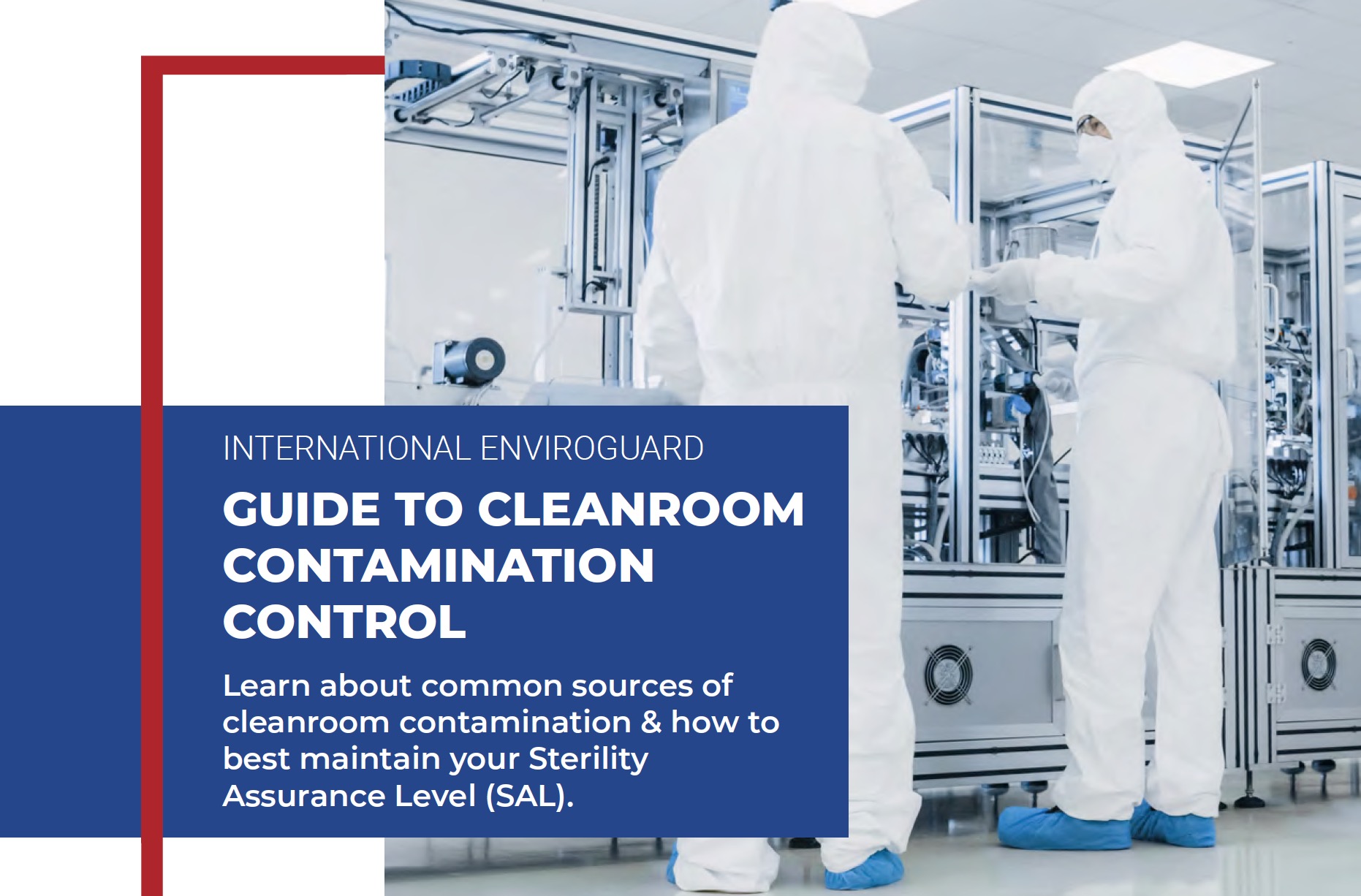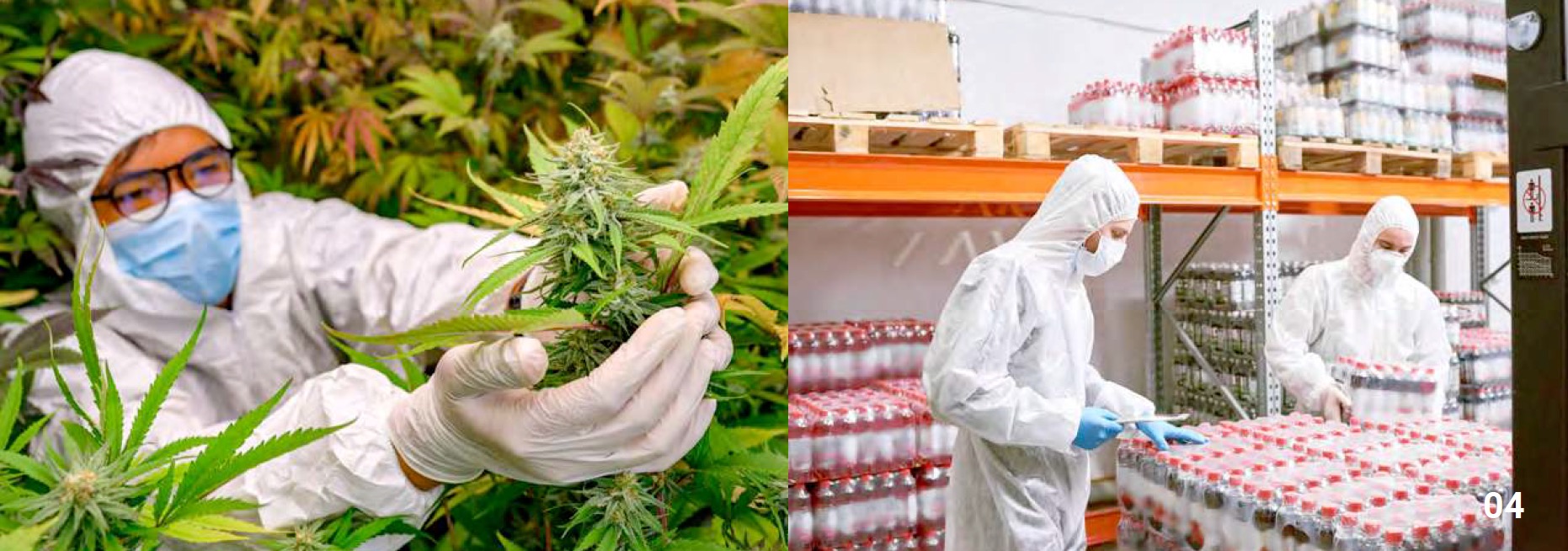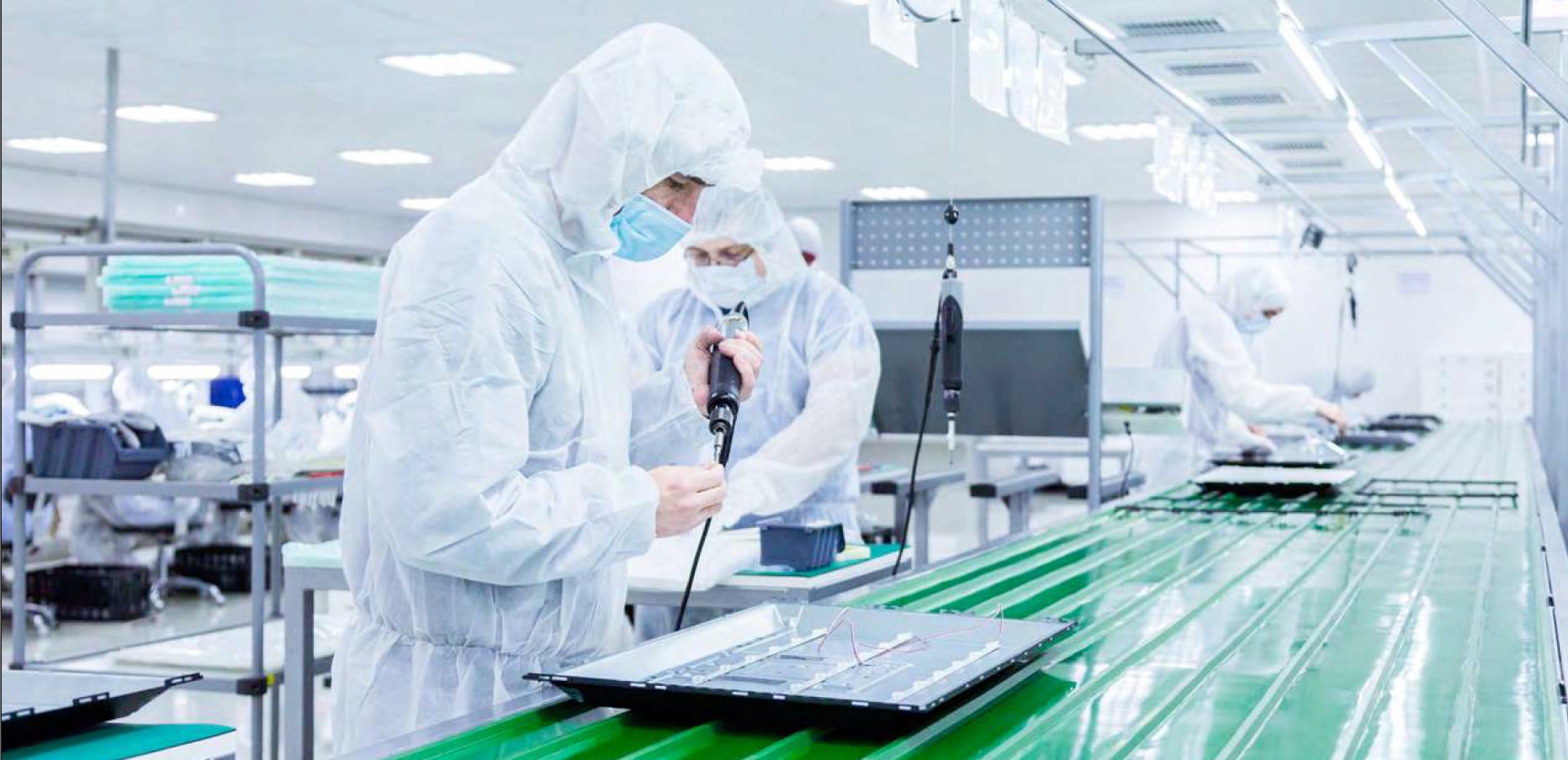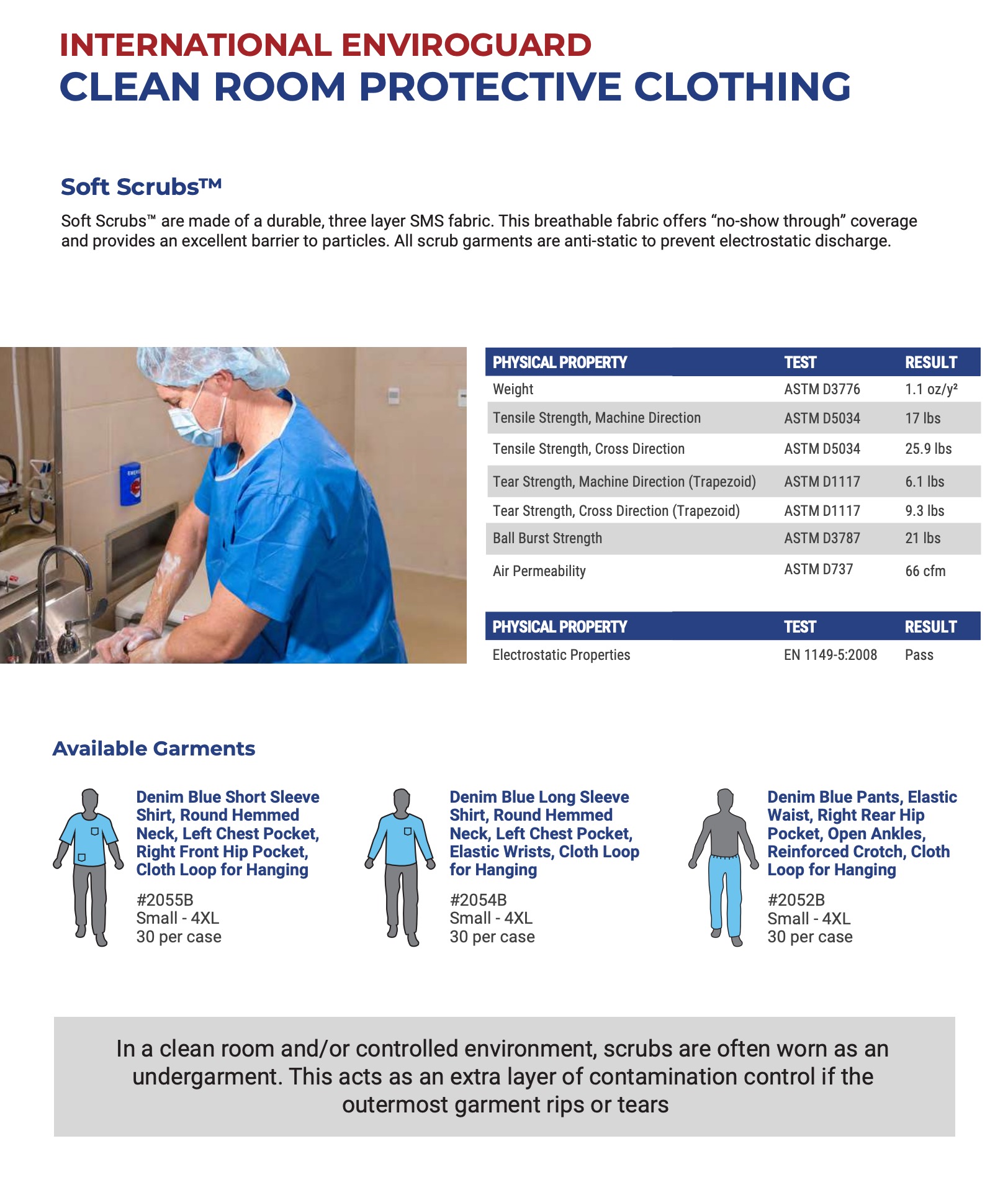
In industries like pharmaceuticals, electronics, and aerospace, even microscopic contaminants can create serious risks. A single particle may damage equipment, compromise a medical device, or endanger patient safety. This is why cleanroom contamination control is critical—it safeguards not only the integrity of products but also the health of the people who rely on them.
In this post, we’ll break down what cleanrooms are, the biggest sources of contamination, and the strategies that keep both workers and end users safe.
What Is a Controlled Environment?
A controlled environment is a workspace that regulates temperature, pressure, and humidity while separating sensitive processes from outside conditions. It often uses protective gear and limits human access but does not monitor airborne particles. Examples include:
-
Food processing facilities
-
Hospital labs
-
Cannabis grow operations
While helpful, controlled environments are not enough for industries that require strict contamination control.

What Is a Cleanroom?
A cleanroom goes further by monitoring and controlling airborne particles to meet strict ISO standards. Specialized designs, filtration, and protective clothing are all part of cleanroom contamination control strategies. Cleanrooms are essential in:
-
Semiconductor and microelectronics manufacturing
-
Pharmaceuticals and biotech
-
Medical device production
-
Aerospace and defense
The goal is to achieve particle-free air while protecting sensitive processes.

Cleanroom Classifications and Standards
Cleanrooms follow ISO 14644-1 standards. Lower ISO numbers mean cleaner environments.
-
ISO 5 (Class 100): Semiconductor fabrication and sterile drug filling.
-
ISO 7 (Class 10,000): Pharmaceutical compounding, aerospace repairs, medical devices.
-
ISO 8 (Class 100,000): Mask production, 3D printing, food and nutraceutical packaging.
Filtration plays a critical role in cleanroom contamination control. HEPA filters remove 99.97% of particles ≥0.3µm, while UPLA filters capture 99.999% of particles as small as 0.12µm.

Main Sources of Cleanroom Contamination
Understanding the sources of contamination is key to maintaining cleanroom contamination control.
People: The Largest Contamination Source
Humans generate skin flakes, hair, and microbes. Even walking can release millions of particles per minute.
Prevention: strict gowning, low-lint garments, sealed cuffs, reduced movement.
Liquids and Moisture
Water and cleaning agents can introduce bacteria and mold.
Prevention: only use purified water and specialized cleaning chemicals.
Air Quality
Air contains dust, fibers, aerosols, and vapors.
Prevention: HEPA filters, humidity controls, static reduction systems.
Facility Weaknesses
Leaks, paint chips, or rolling carts may compromise cleanroom contamination control.
Prevention: routine inspections, structured cleaning schedules, airflow monitoring.
Equipment and Processes
Machinery sheds debris, oils, and volatile compounds.
Prevention: ISO-rated cleaning supplies, static-safe vacuums, non-particulating wipes.
Packaging and Raw Materials
Paper and cardboard shed fibers, while raw materials may bring hidden contaminants.
Prevention: double-bagging, clean-processed packaging, gamma irradiation.
Static Electricity Hazards
Static attracts particles and may cause sparks.
Prevention: ionizing bars, anti-static sprays, humidity controls, EN 1149-5 clothing.
The Role of Protective Clothing in Cleanroom Contamination Control
Protective garments are one of the most effective defenses.
-
Clean-processed clothing: manufactured under strict conditions to reduce lint and fibers.
-
Anti-static clothing: prevents particle attraction and protects sensitive electronics.
-
Sterile clothing: sterilized to Sterility Assurance Level (SAL) 10⁻⁶, essential for pharmaceuticals and aerospace.
Garments feature bound seams, tunnelized elastic, low-lint fabrics, and tear resistance to maintain cleanroom contamination control.
Essential Cleanroom Contamination Control Products
-
Soft Scrubs™: breathable, anti-static scrubs for undergarment use.
-
MicroGuard CE®: clean-processed coveralls and frocks with low-lint fabrics and tunnelized elastic.
-
GammaGuard CE®: sterile garments packaged with SAL 10⁻⁶ certification.
-
Enviromat® Tacky Mats: adhesive mats that trap 99.9% of shoe and cart debris before entry.
Each product enhances cleanroom contamination control by addressing different contamination risks.

Why Cleanroom Contamination Control Matters
Effective cleanroom contamination control is about more than compliance. It ensures:
-
Higher product quality and fewer recalls
-
Safe and sterile work environments
-
Regulatory approval across industries
-
Trust from customers and end users
A single contamination event can cost millions in recalls or damage reputations. Preventive measures protect people, products, and businesses.
Key Takeaways
-
Cleanrooms use ISO standards to control particles and protect sensitive processes.
-
People are the leading source of contamination, making proper gowning and protective clothing essential.
-
Air, water, packaging, and equipment must all be tightly managed to keep risks low.
-
Protective clothing and tacky mats are frontline defenses that keep contaminants out.
Cleanroom contamination control is about more than compliance. It ensures the medicines people take are safe, the devices they use are reliable, and the technologies they depend on work as intended. By protecting both products and people, contamination control builds trust, saves lives, and keeps industries moving forward with confidence.
Want a Handy Reference Guide?
Take this knowledge with you. Download our free PDF on Cleanroom Contamination Control for quick tips, best practices, and product recommendations you can share with your team.
Cleanroom Contamination Guide (PDF)
Ready to Strengthen Your Cleanroom Contamination Control?
Protecting people and products starts with the right strategies and equipment. Explore proven solutions for contamination control and discover how the right protective clothing and tools can make your cleanroom safer and more efficient.
TALK TO OUR EXPERTS TODAY www.bizcomsolutions.net | sales@bizcomsolutions.net | 908.429.8574 | https://www.linkedin.com/company/business-communication-solutions-llc
Further Recommended Reading
-
ISO 14644-1: Classification of Air Cleanliness by Particle Concentration
Offers official guidance on cleanroom classification and particle thresholds.
ISO MECART Cleanrooms Antistat -
ISO Cleanroom Standards Guide (ISO 14644 overview)
Explains all parts of ISO 14644, including classification, monitoring, design, and operations.
G-CON -
ISO 14698: Biocontamination Control Standards
Details standards for microbiological contamination assessment and methods.
Wikipedia -
Beckman Coulter: Overview of ISO 14644-1
Practical explanation of how ISO standards apply across industries like pharma and aerospace.
Beckman Coulter -
Antistat Cleanroom Resources
Offers guides and visuals on contamination control, gowning procedures, glove sizing, cleaning schedules, and more.
Antistat -
ANSI Blog: Cleanroom Contamination Control, Cleaning Procedures and PPE
Covers best practices for daily cleaning, PPE use, handling spills, and maintaining ISO compliance.
The ANSI Blog -
Lakeland: Sources of Cleanroom Contamination
Breaks down common contamination types and the role of personnel, environment, and materials.
Lakeland -
Contec Inc. Cleanroom Resources
Offers contamination control products and literature for quality or production managers.
Contec -
Contec Blog: Science, Strategies & Techniques of Cleanroom Contamination Control
Explores the science behind contamination, behaviors, and cleaning techniques.
Contec Cleanroom Blog -
Cleanroom Solutions: Common Sources of Contamination
Identifies key contamination sources, human factors, equipment, air, water, static, and how to avoid them.
Cleanroom Solutions -
The Compounding Chronicles: HEPA Filters Explained
Explains how HEPA filters work within cleanrooms and emphasizes the influence of human behavior.
TRC Healthcare -
Cleanroom Solutions: HEPA Filters in Cleanrooms
Describes how HEPA filters capture particles to enhance air quality and contamination control.
Cleanroom Solutions -
Institute of Environmental Sciences and Technology (IEST)
Offers recommended practices for cleanroom elements like filters, garment design, cleaning, and testing.
Wikipedia Antistat
